Listen to This Article:
If you ask a group of professional chefs what their favorite dishes are to cook and eat, you’ll likely receive hundreds of different answers. However, most cooks will agree there are certain dishes professional cooks should know how to make…and make well.
If cooks know how to make the following dishes well, it likely illustrates they have developed a set of essential culinary skills that can help them in their careers.
1. Roast Chicken
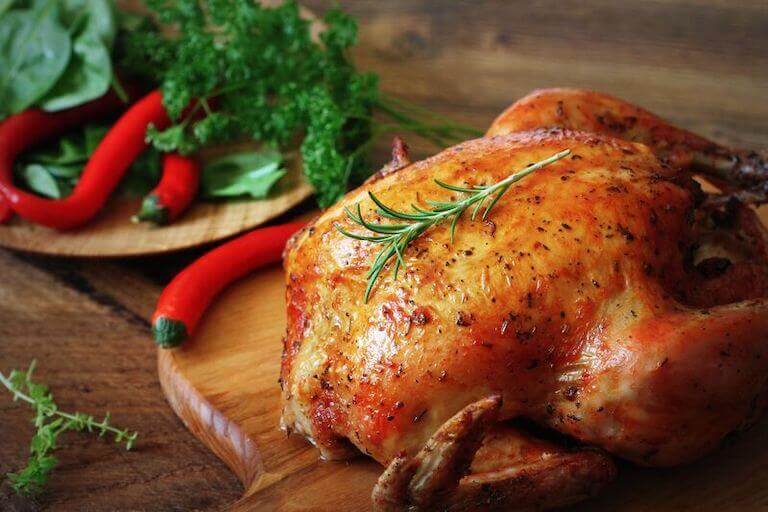
A roast chicken may seem like a humble dish, but when it’s perfectly executed, there are few meals that are more comforting and delicious. Crispy skin coats juicy breast meat and tender dark meat, and aromatics enhance rather than detract from the chicken’s flavor.
However, dry, overcooked breasts or undercooked legs can quickly ruin this dish. One way chefs can keep their chicken juicy while also keeping it safe to eat is by utilizing a brine. While brining is a simple culinary technique, it can elevate seemingly simple dishes like roast chicken.
2. Eggs Benedict
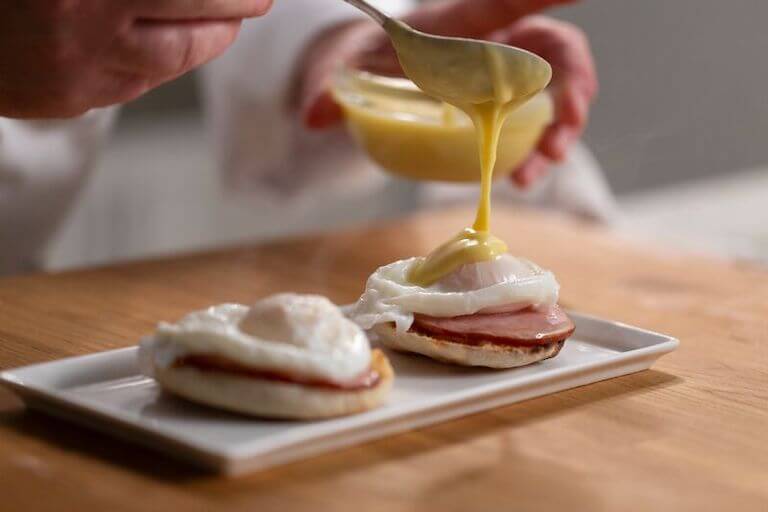
Take a crunchy yet tender toasted English muffin, top it with Canadian bacon and a poached egg, then cover the whole thing with a rich and creamy hollandaise sauce—that’s an eggs benedict. This breakfast and brunch dish appears in restaurants and diners across the country, but some versions are much better than others.
In order for cooks to make this dish well, they must be able to poach eggs so the whites are fully cooked and the yolks are velvety smooth.
Another technique essential to eggs benedict is the ability to make a creamy emulsion when creating the hollandaise sauce. When fat and water are added together, they typically separate. However, by using proper whisking techniques, chefs are able to combine the two until they form a smooth and stable emulsion.
“I love watching the light bulb go off in the students’ eyes. They understand something and they fully get it. I feed off of their excitement.”*
Kevin Quinn, Chef Instructor
3. Bread
It’s true that cooking and baking are two different arts, but the best cooks know how to create basic baked goods. Even if they’re not going to be churning out croissants or cookies, they should be able to make a satisfying loaf of bread.
A simple loaf of sandwich bread requires chefs to understand baking basics like the effect of temperature on dough rise, the development of flavor over time, and the importance of proper measurement. And if a chef sees they’re falling a bit short they can always turn to baking school for help exploring their technique.
4. Spaghetti and Meatballs
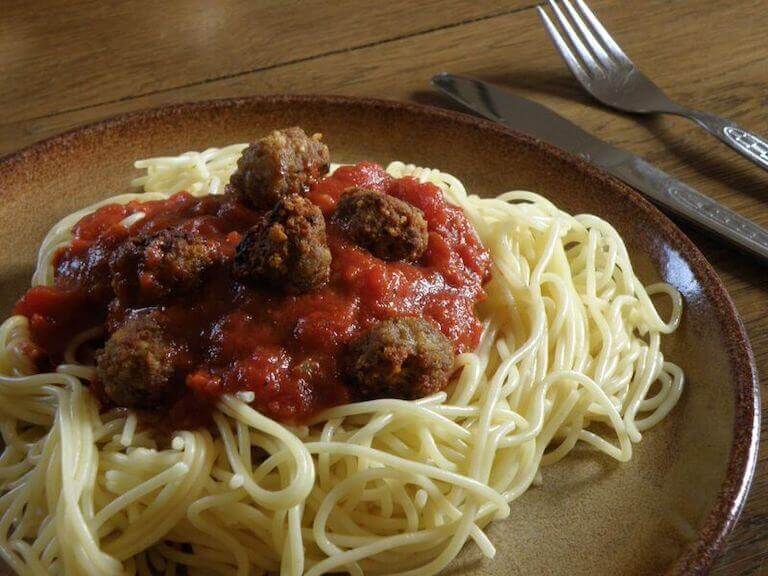
For the home cook, whipping up spaghetti and meatballs might mean cooking a box of dried pasta, heating up some jarred sauce, and thawing frozen meatballs. However, cooking this mainstay dish from scratch can help chefs fine tune many cooking techniques.
Fresh pasta is made from only a handful of simple ingredients, but how a cook works with these ingredients can make or break the pasta. A dough that is too wet can lead to pasta that sticks to the roller, while a dry dough can crack and become tough. Another key step to making homemade spaghetti is patience while cooks let the dough rest and pass it through the pasta roller.
When it comes to the sauce, cooks must know how to start with the best ingredients possible. That means knowing how to select fresh tomatoes in the summer or choosing high-quality canned tomatoes in the winter.
Then it’s onto the meatballs. The worst meatballs are bland and tough, while the best are flavorful and juicy. In order for cooks to be able to churn out tasty meatballs, they must know how to combine various ground meats to reach a balance of fat and protein and also mix in other ingredients that add to the meaty flavor.
The final test of a cook’s skill happens when the dish comes together. The pasta must be al dente, the meatballs brown on the outside and tender on the inside, and the sauce singing of fresh tomatoes.
5. French Omelet
A properly cooked French omelet requires proper preparation as well as both speed and patience. While many American omelets rely on fillings like cheese, meat, and vegetables for flavor, the eggs shine in a French omelet. And that means they must be perfectly cooked in order for this dish to succeed.
One key aspect of a light and fluffy French omelet is choosing the right equipment for the job. Most chefs have access to a wide variety of tools, and it’s up to them to know which one is perfect for the job at hand. For a French omelet, this means passing on the cast iron skillet in favor of a lighter weight non-stick skillet that’s easy to maneuver.
Another aspect of perfecting this dish is managing the heat. A proper French omelet is soft and fluffy on the outside and creamy on the inside—at no point should diners detect any browned or crunchy eggs. To achieve this texture, chefs need to learn how to gauge heat so the eggs cook at the proper speed.
6. Seared Fish
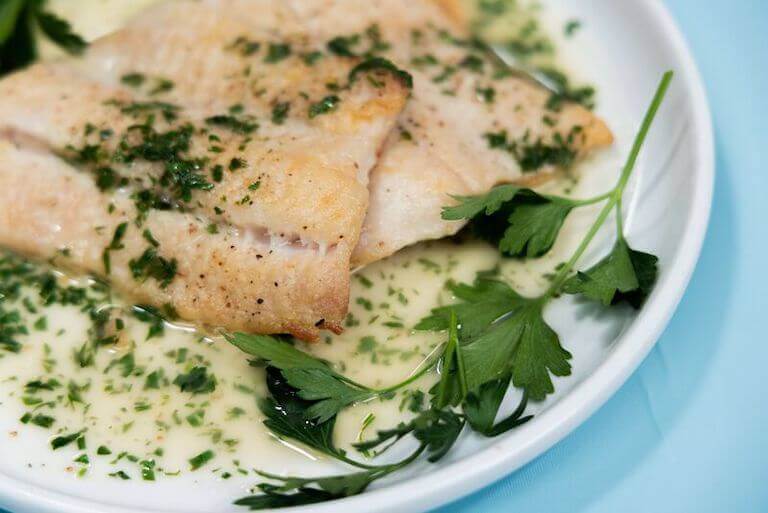
All this dish requires is a pan, a fish filet, and a bit of oil or butter. While its preparation seems straightforward, its simplicity also means that it’s easy to ruin!
Whether a chef starts with a buttery striped bass filet or meaty piece of swordfish, getting this dish right requires similar skills. Properly setting and monitoring the pan’s temperature allows for crispy skin and a flaky interior.
Cooks also need to be able to pay close attention to seemingly minor details such as ensuring the skin is dry before cooking and selecting a fat with a high smoke point. One final skill that is crucial to seared fish is patience—constantly fidgeting with the filet will prevent the skin from developing a crisp crust.
7. Caesar Salad
The success of a Caesar salad largely rides on the dressing that brings the dish together. That said, every cook should know how to take lemon juice, oil, anchovies, and a few other ingredients and turn them into a creamy Caesar dressing.
Along with being able to form a proper emulsion, cooks should understand the importance of balancing tastes and textures. The creamy Caesar dressing pairs well with the crisp yet delicate romaine and crunchy croutons.
8. Ratatouille
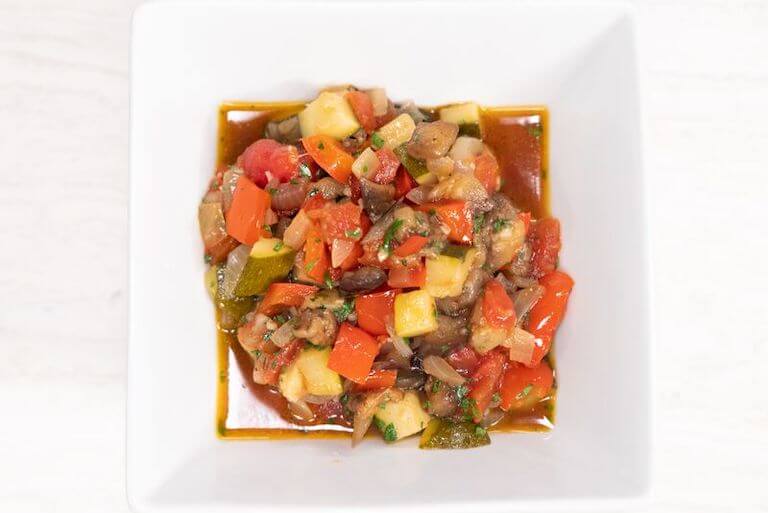
The best chefs don’t need a mouse under their hat to get this vegetable dish right, but they do need excellent knife skills and organization. In order for every bite of stew to be perfectly cooked, chefs need to ensure each piece of eggplant, zucchini, and pepper is the same size. This requires the kind of precise knife skills that make any chopping task easier.
Chefs also need to know how to properly organize their workstation. Adding each component at the proper time means avoiding raw or mushy ingredients.
9. Beef Tenderloin
While dishes like beef stew and steak tacos rely on flavorful sauces or complex garnishes to elevate the protein, beef tenderloin is all meat. That’s not to say that proper seasoning isn’t key to this dish, but it does mean that chefs won’t be able to hide an overcooked piece of meat with gravy or pickled vegetables.
Executing this dish involves being able to select a good cut of meat as well as trim away excess fat. Searing the meat tenderloin on the stove allows it to develop a nice brown coating and finishing it in the oven allows it to come to temperature with little risk of overcooking.
“There was never a dull moment. I didn’t know how to bake, I didn’t know how to cook, but in Escoffier I was able to learn all the skills.”*
Norainee Rivas, Escoffier Graduate
10. Bouillabaisse
While some think of it as a simple seafood stew, those who have eaten a successfully executed bouillabaisse know the magic of the seemingly humble dish. Tender pieces of seafood sit in a complex stock with subtle notes of fennel, garlic, and saffron as well as hints of the sea.
The success of a bouillabaisse relies on two main skills: layering flavors and cooking fish and shellfish. A well-balanced stock requires an understanding of flavors as well as patience to allow various ingredients to meld together. Students in Escoffier’s Culinary Arts programs can explore how to understand aroma and taste with the help of a flavor wheel, as well as flavor descriptors and other resources. By using these tools, cooks can taste their stock and examine if it needs a bit more acid or if a fishy flavor is overpowering.
When it comes to cooking the seafood, chefs must ensure that each ingredient is cooked properly. This means knowing how long certain types of fish and shellfish take to cook and adding them at the proper time.
Practice Cooking Techniques in Culinary School
If you think you need some help exploring and practicing the skills necessary to cook these dishes, you don’t have to complete your culinary journey alone. Culinary school can introduce students to crucial techniques, provide them with a safe and supportive environment to practice in, and eventually give students the opportunity to test these skills as they cook a variety of dishes.
At Escoffier, programs are taught by Chef Instructors who have spent years in cooking kitchens and teaching students. These instructors not only serve as teachers, but they may also be available to offer guidance and help you troubleshoot difficulties you may face as you work to roll out pasta dough or develop a balanced stock.
To learn more about culinary school, contact Escoffier today.
To learn more about the culinary arts, reach these next:
- What Are the Culinary Arts?
- 7 Tips for Becoming a Faster Cook
- 8 Regional Barbecue Sauces Every Chef Should Know
*Information may not reflect every student’s experience. Results and outcomes may be based on several factors, such as geographical region or previous experience.

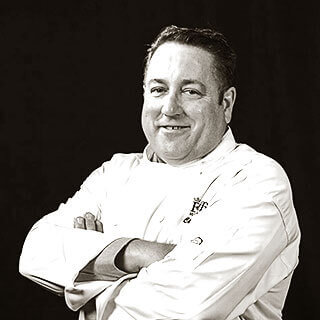 “I love watching the light bulb go off in the students’ eyes. They understand something and they fully get it. I feed off of their excitement.”*
“I love watching the light bulb go off in the students’ eyes. They understand something and they fully get it. I feed off of their excitement.”*